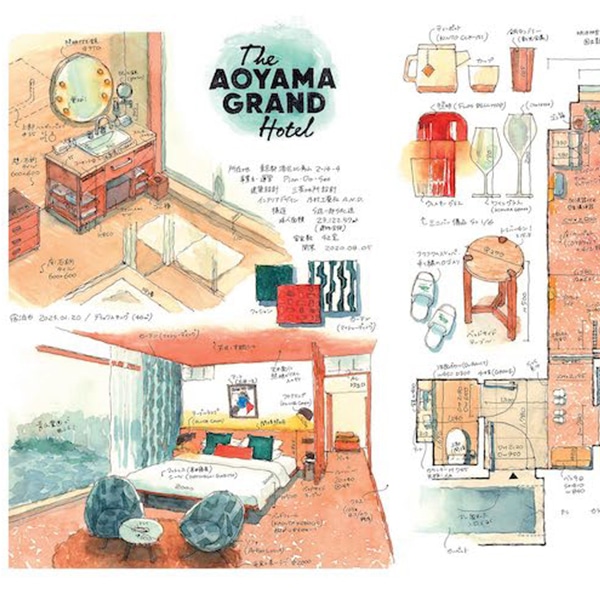
This post may contain affiliate links. If you make a purchase, My Modern Met may earn an affiliate commission. Please read our disclosure for more info.
Today, when we come across a beautiful garden or field of flowers, our first instinct is to take out our phone and take a picture. However, before cameras, recording plant life was a much more intensive process. Botanical art—the practice of depicting the form, color, and details of plant life—can be traced back to 70 CE. However, it was a book published in the early 17th century that forever changed this art form.
Johann Konrad von Gemmingen, Prince-Bishop of Eichstätt, famously had Germany's first botanical garden with numerous species of plants from around the world. Apothecary and botanist Basilius Besler was one of the people in charge of the garden, and was commissioned by the Prince-Bishop to commemorate the flora in an illustrated book, which would later be titled Hortus Eystettensis.
Over the course of 16 years, Besler worked alongside German draftsmen and engravers to carefully create art of every flower, herb, and vegetable in the garden. While plants had been illustrated for centuries, Besler's work was remarkably different in its lifelike detail and artistic rendering. “Now, suddenly plants were being portrayed as beautiful objects in their own right,” says David Marsh in The Gardens Trust. “Moreover, it was the first to systematically record all the plants actually growing in one specific place: the gardens of the Willibaldsburg palace, home of the Prince-Bishop of Eichstätt in Bavaria.”
The complete Hortus Eystettensis was eventually published in 1613, and featured 367 full-page copper engravings, depicting a total of 1,084 species of plants. Besler's hard work paid off, as he was able to purchase a home with some of the earnings, and his exquisite, carefully rendered art made a lasting impact on future botanical illustrations.
You can browse the Hortus Eystettensis online for free via the Teylers Museum's website, and pick up your own copy of the stunning book through Bookshop.
In the 1600s, the Prince-Bishop of Eichstätt Johann Konrad von Gemmingen commissioned botanist Basilius Besler to record the plants in his garden.


Besler spent 16 years working with engravers and illustrating every species of flower, herb, and vegetable.



It was the first time botanical illustrations were rendered in such exquisite detail.






Teylers Museum: Website
h/t: [Open Culture]
All images via Teylers Museum.
Related Articles:
What is Botanical Illustration? Learn About the History of This Scientific Art Form
Biodiversity Heritage Library Puts 2 Million Botanical Illustrations Online for Free
Lyrical Illustrations Celebrate the Diversity of Wildlife and the Joy of Observation






















































































